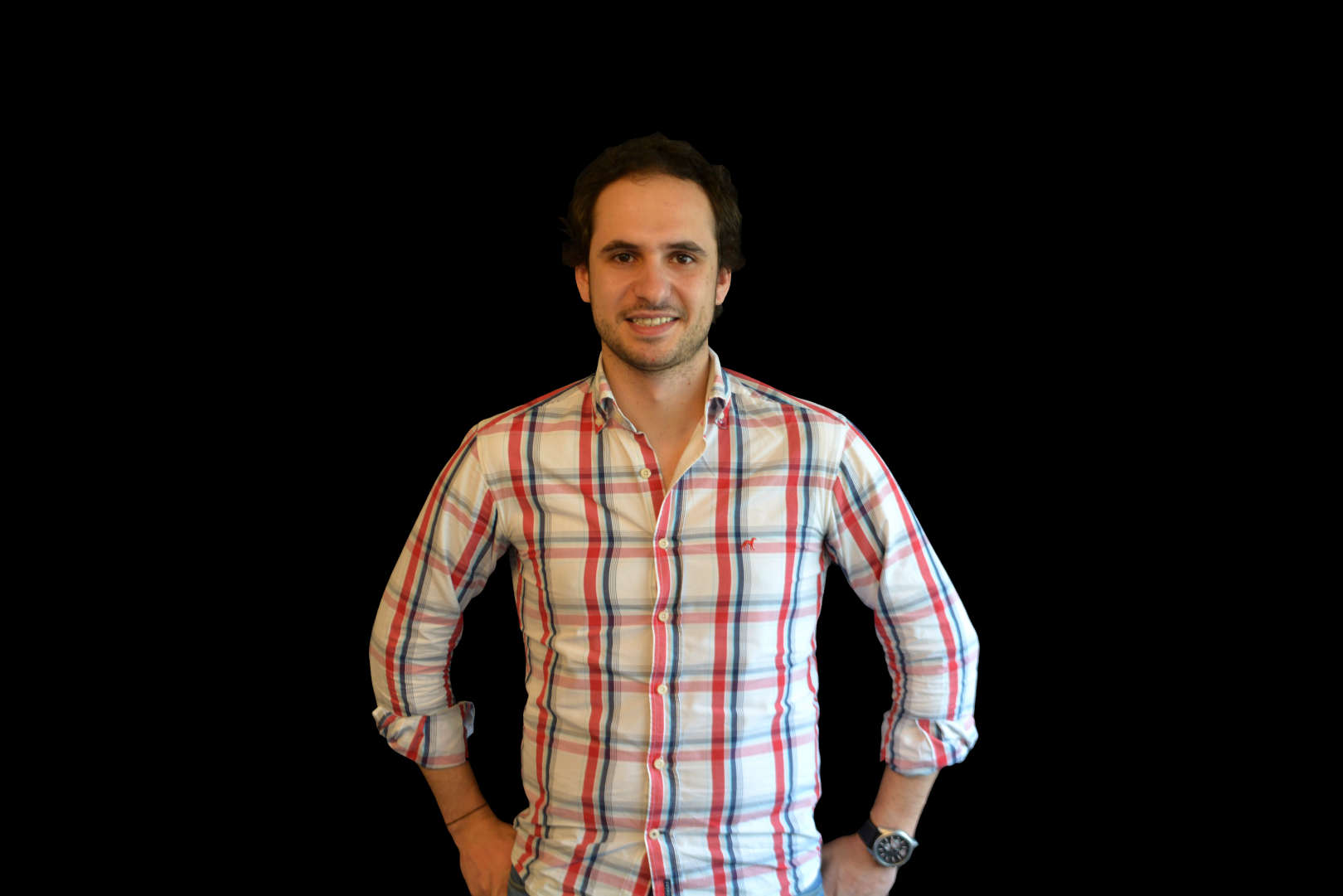About
Guilherme Marques Amaral Silva was born on June 17, 1986 in Rio de Janeiro, Brazil. In 1993 he has emigrated to Portugal where he lives nowadays. After conclude the basic and high school in Colégio dos Cavalhos, in 2004, he has joined ISEP in the Bachelor’s degree in Electrical Engineering, branch of Electronics and Computers. In 2006 he has started to collaborate with the Autonomous System Laboratory. In 2007 he has concluded the Bachelor’s degree and, two years later, at the same institution, he has obtained the Master degree in Electrical Engineering, branch of Autonomous Systems. In 2010 he was invited by ISEP to teach some classes in the Electric Engineering Department (as Invited Assistant), position that occupies until present. In 2013 he has joined INESCTEC. In 2014 he has started his PhD at FEUP. In the present he is research fellow at INESCTEC, working on several robotics/autonomous systems projects. He develops formation control algorithms for unmanned aerial vehicles and contributes actively in the SUNNY FP7 project.


